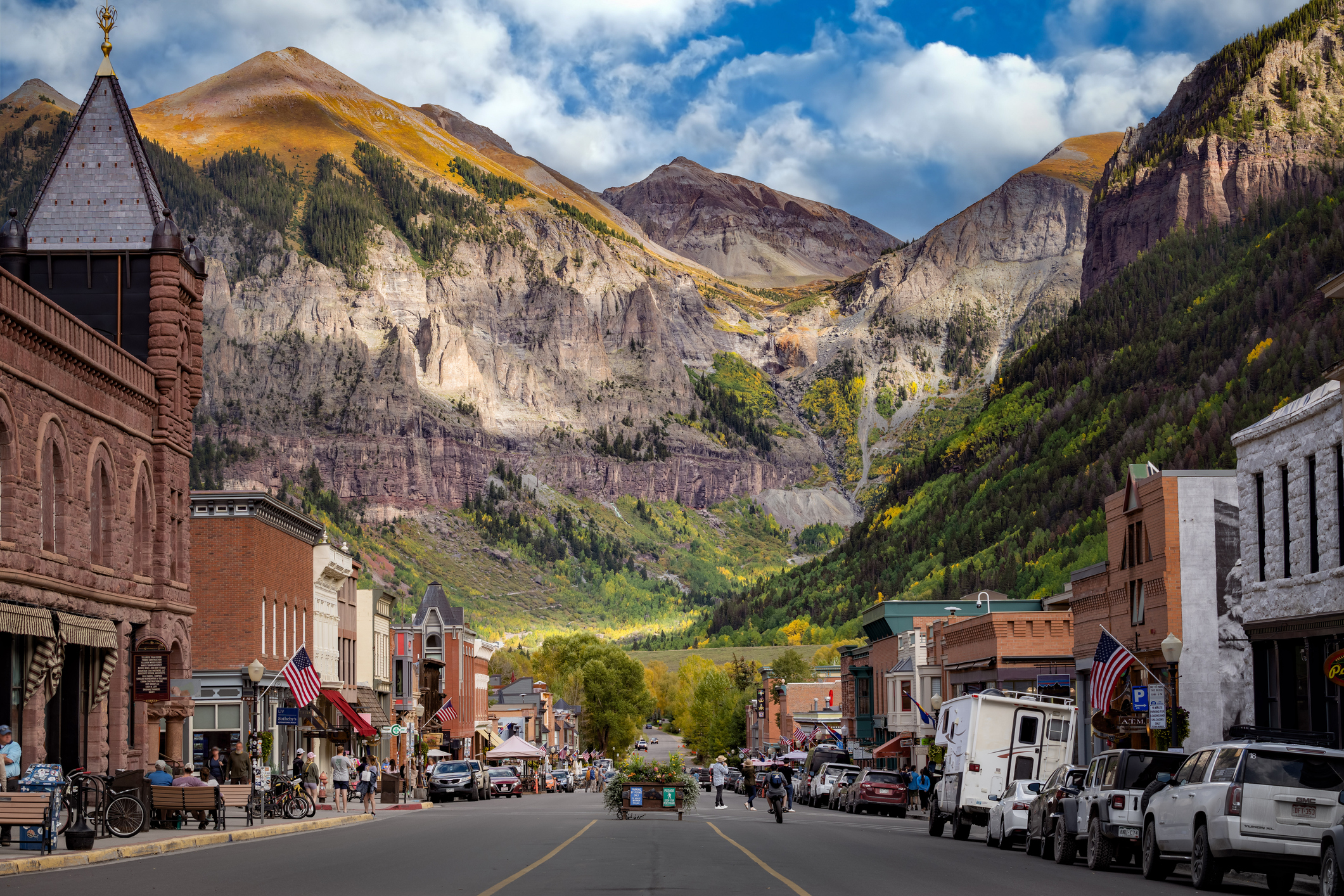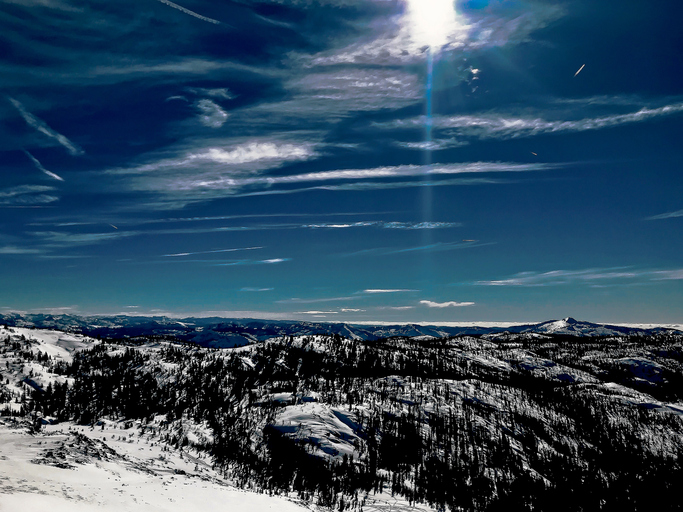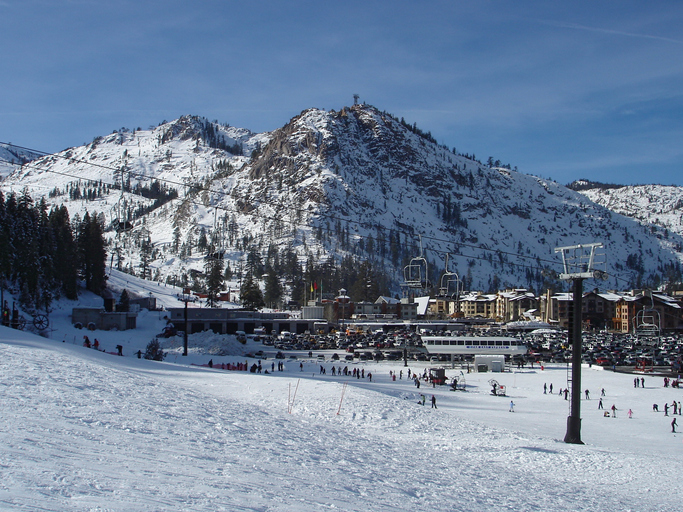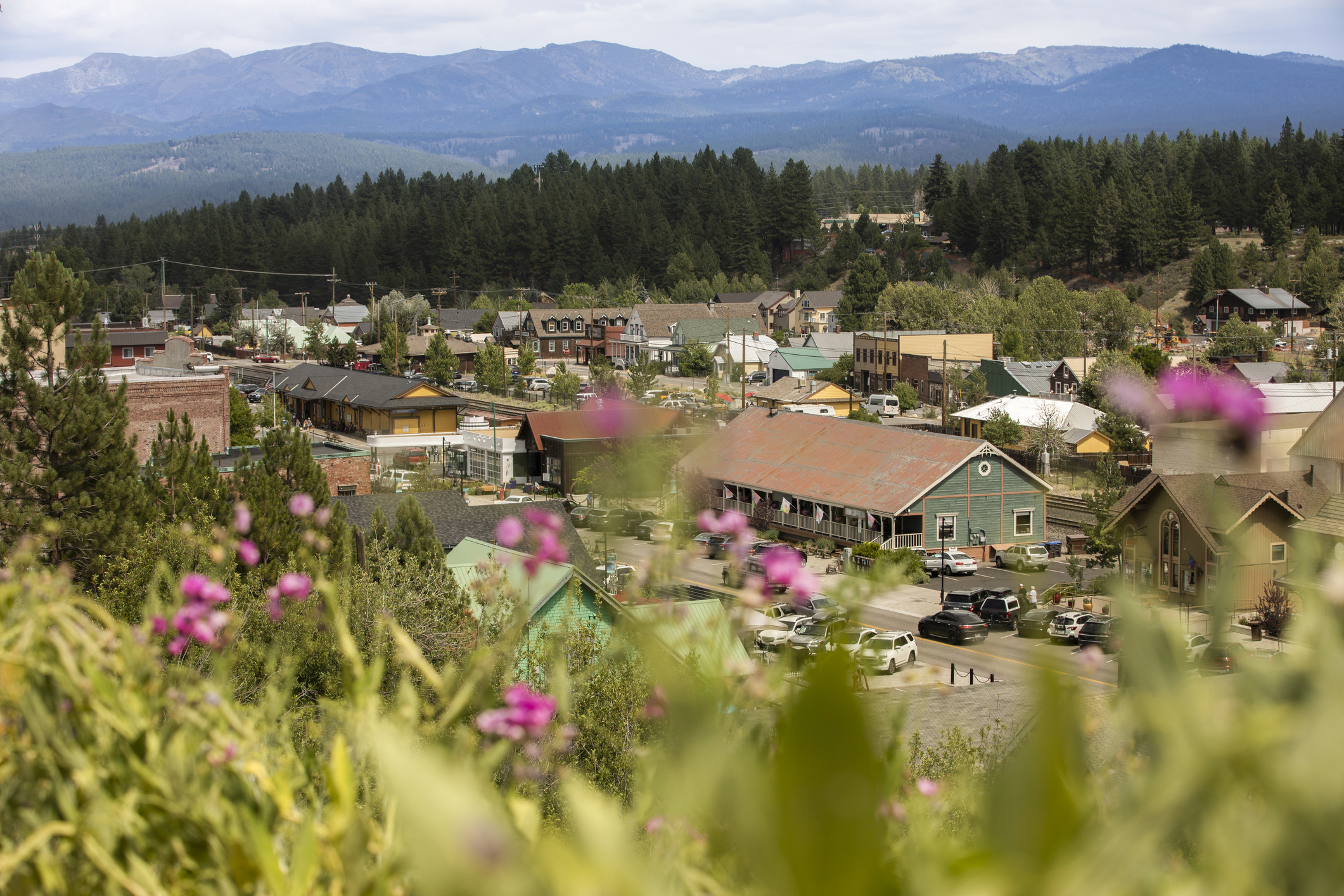Save on Fees and Experience Professional Service
LAKE TAHOE AREA CALIFORNIA
- 4 Vacation Rental Managers
- 182 Vacation Rentals
- Lake Tahoe Area California Guide
- Local Events
- Local Attractions
IDEA DRIVEN VACATIONS
Search for Travel Guides, News, Events, Special Interests, and More!
-
Activities and Interests
Uncover fun activities and special interests for your upcoming trip
-
Event Travel
Plan your trip around concerts, festivals, and special events worth traveling for
-
Attractions
Explore top landmarks, scenic spots, and can't-miss local highlights
-
Travel Guides
Navigate each location like a local with our detailed travel guides
-
Travel News
Stay updated with the latest travel trends and vacation rental tips
-
Trip Ideas
Find inspiration for your next getaway with curated trip suggestions and themes
-
Travel Newsletter
Join our newsletter for exclusive travel insights, featured destinations, and trip planning tips
TRENDING
Vacation Rental Features Guests Look For
by Kat Sarmiento
Ginger Leigh Designs Santa Rosa Beach, FL
Santa Rosa Beach Florida
Telluride Colorado Travel Guide: Do, Eat, Stay & Explore
Telluride Colorado
Why Visit Vail Colorado?
Vail Colorado
Lake Tahoe California: Travel Guide and Vacation Rental Accommodations
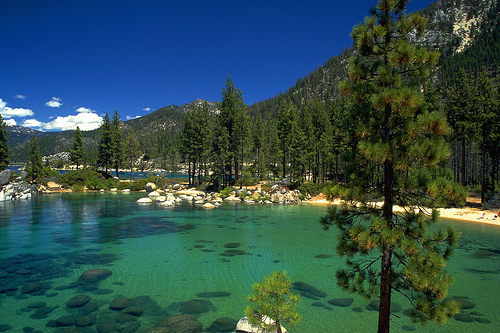
Lake Tahoe Area California
Lake Tahoe is one of those travel destinations that provides visitors with fun activities all year round. During the summer season, you can enjoy fishing, boating, and hiking. Winter is an excellent opportunity for you to go tubing, ice skating, and skiing. The nightlight, dining, and shopping scene in Lake Tahoe are also pretty awesome.
Sitting 6,225 feet atop the marvelous Sierra Nevada Mountain Range, Lake Tahoe is not only the USA’s second-deepest lake but the 26th largest lake in the world as well. Lake Tahoe is 22 miles long and 12 miles wide, and 1,645 feet deep. This so-called Jewel of the Sierra is easily among the clearest and most picturesque lakes in the world, attracting millions of visitors every year. Lake Tahoe gained its popularity being a scenic masterpiece and a fountain for year-round outdoor activities and beauty.
Many folks, including Mark Twain, couldn’t help but gush over the beauty of Lake Tahoe. The famous writer wrote that the stunning and sparkling blue waters of the lake are the fairest picture the entire earth affords. Indeed, you need to visit the so-called sapphire heart of the Sierra Nevada mountains for an experience you will remember for the rest of your life.
Although, the size of the basin stretches Lake Tahoe onto both California and Nevada’s border making it a major tourist attraction in both states. The region plays host to numerous ski resorts, casinos, outdoor recreation, as well as historic landmarks. Safe to say, Lake Tahoe is an unforgettable destination during the summer and the winter. Whether you are exploring by land, by water, or by air Lake Tahoe is a nature-lovers paradise.
Make sure to visit the Lake Tahoe Area and enjoy the activities that will make your experience awesome. Here are some of the best activities to enjoy in Lake Tahoe on your next vacation.
Book Direct and Save with a Lake Tahoe Vacation Rental Management Company

Locally Owned and Operated since 1994, Tahoe Luxury Properties is recognized as the leading Real Estate and Rental Agency in Lake Tahoe. Tahoe Luxury.. learn more

Pinnacle Lake Tahoe Getaways provides a wide variety of vacation homes, cabins, and condos to rent. Staying in a home or condo is a perfect way to.. learn more
Things To Do in Lake Tahoe California
Bike along Lake Tahoe’s North Shore
Besides the spectacular lake, Lake Tahoe has several landmarks, landscapes, and attractions that will surely tickle your interest. One of the best ways to enjoy these sites is to bike along the Lake Tahoe's North Shore.
If you don’t own a bike, you can rent one or you can join a bike tour with the locals here. It’s an experience you wouldn't want to miss while in the town.
Donner Memorial State Park
With 2.5 miles of hiking trails, Donner Memorial State Park is a gorgeous place to spend when wanting to go outdoors. Soaking in the beauty of the area and all that it has to offer is appealing to those who want to make the most of what North Lake Tahoe is all about.
Whether it is the wildlife, the gorgeous views, or the amazing history, there is a lot to soak in when it comes to Donner Memorial State Park. Tahoe Donner is one part of the northen region that is easy on the eyes and perfect for those who want to make the most of what they are doing.
Lake Forest Beach
Peace and serenity await you at Lake Forest Beach. On this relatively secluded beach, you can enjoy swimming, windsurfing, bird watching, kayaking, and a picnic with your buddies. There are BBQ spots, picnic areas, and SUP racks in the area. You can locate Lake Forest Beach at the end of Bristlecone Avenue.
The Tahoe Gal
The Tahoe Gal is a 120 passenger paddle-wheeler boat featuring daily cruises. This is a recommended activity while exploring the Lake Tahoe region. experience. Cruising Emerald Bay aboard the Tahoe Gal is an extraordinary trip as you cruise over the splendid Lake Tahoe waters to the pristine Emerald Bay. The three-hour journey passes by well-known sites, including Vikingsholm Castle, Fannette Island, Rubicon Point, and Ehrman Mansion at Sugar Pine Point.
The cruise is not only a time to enjoy the scenery but also the food onboard. The lunch menu includes Portabella Mushroom Sandwich, Chicken Skewers, Fresh Fish Salad, Black Bean Patty Burger, and many more.
Boating Lake Tahoe in general is one of the most enjoyable and soul-enriching activities in the Lake Tahoe Area. Cruising on a private sailboat or large catamaran utilizing the boat tour operators that take you around Lake Tahoe and Emerald Bay. You can also have a romantic or sumptuous dinner on board and see the amazing views that the famous lake has to offer.
Explore Lake Tahoe on a Kayak
The sapphire-blue waters of the lake and the stunning mountains in the background make for an excellent combo. Exploring these charming gifts of nature on a kayak is sure to be memorable. Some shops provide kayak rentals and tours in the area. You can go solo or with someone. For lovers, spending a romantic day exploring Lake Tahoe on a kayak is also a fantastic idea.
Tahoe City Kayak has been a trusted name for Lake Tahoe kayak rentals, tours, lessons, and sales for over 17 years. They carry the best names in kayaks, paddleboards, and gear.
The High Camp Experience at Palisades Tahoe
High Camp at Palisades Tahoe is a recreation complex perfect for those who want to escape from the bustle of the city to the serenity of the mountains. An aerial tram will take you to an 8,200-foot elevation above forests, waterfalls, creeks, and granite rock formations. The spectacular views of the Sierra Nevada and Lake Tahoe will also greet you at the mountaintop.
You can also hike to the High Camp via the Thunder Mountain Trail. There are signposts and markers throughout the trail, ensuring you arrive at your destination.
Skiing and Snowboarding
No words can rightfully describe the beauty of the Lake Tahoe California Area. It’s a place that many people love, but most especially skiers, snowboarders, and winter sports enthusiasts. Throughout the north and south of Lake Tahoe, there are several Lake Tahoe Ski Resorts that will satisfy your itch for an adventure in the snow.
Palisades Tahoe - is a well-known ski resort northwest of Tahoe City. It has 245 trails serviced by 30 lifts that are perfect for beginners and expert skiers. The ski resort features black diamonds, an incredible range of greens, funitel cableways, aerial tram rides, and many more. There’s also another ski resort roughly five miles from Palisades Tahoe known as Alpine Meadows Resort.
Homewood Mountain Resort
This 1260-area mountain resort is a popular skiing destination on Lake Tahoe’s west shore. It has 67 runs and eight lifts, surrounded by splendid forests and gorgeous views of the famed lake. Homewood Mountain Resort is more affordable than Heavenly Resort and Palisades Tahoe if you want to have fun skiing the Sierra Nevada slopes.
Kings Beach State Recreation Area
Kings Beach State Recreation Area is among the popular beaches along the northern California shore of Lake Tahoe. It stretches for 979 feet, offering enjoyable water activities, such as boating, swimming, and kayaking. Some facilities allow visitors to have picnics with their companions. You can rent a kayak, pedal boat, or paddleboard in the area.
Sand Harbor State Park
Go to this state park if you want to experience the Nevada side of Lake Tahoe. Anglers, boaters, scuba divers, and ordinary beachgoers will have a memorable day in this splendid facet of Lake Tahoe. Bring some barbeque and a bucket of beer, and enjoy the day under the shades of pines and cedars.
Heavenly Mountain Gondola
Visit the Heavenly Mountain Gondola if you want a panoramic view of the spectacular Lake Tahoe. An expansive vista of sugar pine trees and incredible mountains await you as you ride high up the 2.4-mile gondola. At the top, you can drink a cup of coffee at Cafe Blue or buy a souvenir from The Gondola Sports shop.
Truckee River Rafting
The adventurous will have an adrenaline rush while floating along the Truckee River. Bring your family and friends on a rafting tour that passes by exquisite scenery of mountains, meadows, and rapids. The trip lasts up to two hours, starting in Tahoe City and ending at the River Ranch Restaurant.
Tahoe Helicopters
View the unrivaled beauty of Lake Tahoe high up in the air on a helicopter. Tahoe Helicopters provides tours to people who need this high-altitude experience. You will be guided by expert pilots as you hover over famous spots, such as Crystal Bay, Emerald Bay, Desolation Wilderness, Sand Harbor, and Fallen Leaf Lake.
Drink Some Wine in El Dorado Wine Country
El Dorado Country has anything for anyone who has a taste palate for wine. This tourist attraction boasts several wineries like the Boeger Winery. You can also find remarkable fruit orchards and apple farms here.
You can have a guided tour from South Lake Tahoe to El Dorado Wine Country. This tour includes a picnic lunch and wine tasting.
Hike Through the Tahoe National Forest
Several trekking routes in the Tahoe National Forest will surely give you an unforgettable outdoor adventure. The Five Lakes Trail, Stevens Trail, and Mount Judah Loop are only a few of them.
Hiking is an excellent way to explore the great landscapes and appreciate the natural beauty of the Lake Tahoe and the beautiful Sierra Nevada Mountains!
Here are additional hiking spots.
- Shirley Canyon Trail – Palisades Tahoe, Olympic Valley
- Mount Rose – Outside of Incline Village
- Creek Beaches and Secret Cove - East Shore of Lake Tahoe
- Chimney Beach - East Shore of Lake Tahoe
- Donner Peak Hike - Truckee
- Eagle Rock Hike – West Shore of Lake Tahoe
- Five Lakes Trail – Alpine Meadows
Alder Creek Adventure Center
Explore the outdoors by visiting the Alder Creek Adventure Center. There are so many recreational activities you can do here, such as mountain biking, horseback riding, snowshoeing, hiking, and cross-country skiing. You can also have mouth-watering delicacies and drinks at the Alder Creek Cafe.
Go Fishing at Tahoe Trout Farm
The Tahoe Trout Farm is a nice spot to go fishing. You can bring your family, kids, and friends here to catch some trout which is abundant in the Lake Tahoe Area. You don’t have to pay for the entrance, bait, and tackle, except for the fish you catch. There are grilling areas where you can grill your catch and tables to enjoy them.
Learn History at Tallac Historic Site
The Tallac Historic Site is roughly three miles northwest of the famous lake, and you should visit it to learn some history about the Lake Tahoe Area. See the Vintage Clothing Exhibit, the Tallac Museum, walk through its impressive gardens, or check out the old estates standing on this site.
Classic and Modern Art at Marcus Ashley Gallery
Classic and modern art by American artists are showcased at Marcus Ashley Gallery in South Lake Tahoe. You can admire glass art, oil paintings, sculptures, and fine prints here. You can also meet the men and women behind these art pieces.
Piping Rock Equestrian Center
Piping Rock Equestrian Center offers a space where anyone and everyone is welcome to experience horseback riding in Truckee, California. A unique equestrian center offering a broad range of activities including summer horse camps, scenic trail rides, and training in both English and Western disciplines. Piping Rock Equestrian Center is focused on helping individuals communicate and connect with their equine partner.
In Conclusion
That is a fluid list of the best activities to experience in Lake Tahoe you have just read. If you want to create memories exploring beaches and the outdoors, Lake Tahoe is an excellent option for your next vacation. You can enjoy hiking, mountain biking, cross-country skiing, snowshoeing, fishing, kayaking, scuba diving, rafting, horseback riding, and many more activities in the spectacular Lake Tahoe.
Brief History of Lake Tahoe
Lake Tahoe formed over 2 million years ago due to a natural occurrence and is famous for its rich-blue water. The Lake Tahoe area was first inhabited by the Washoe Native Americans. In fact, Lake Tahoe was located at the heart of Washoe territory that spread across Truckee Rivers, Carson, and Walker. In 1844, Lt. John C. Frémont was the first European to lay eyes on the enormous basin. Initially, the area was named “Lake Bigler.” However, Tahoe was soon introduced to the U.S. Department in 1862—derived from the mispronunciation of the Washo word meaning “lake.” Subsequently, California and Nevada agreed to partition Tahoe between themselves when Nevada became a state in 1864 as well.
Lake Tahoe’s industrial history started with mining—specifically silver—and logging. In 1858, Comstock Lode supplied incredible timber to Comstock miners. Unfortunately, the logging went overboard and almost killed the native forest. Lake Tahoe’s true potential was first discovered in 1864 when Tahoe City got recognized as a future resort destination. Hence thereafter, the Tahoe basin’s popularity increasingly grew. By 1918 Lake Tahoe was a national park and the water storage for the Truckee-Caron Irrigation District. Now, both residents and travelers populate the surrounding region. Who would want to miss the incredible view after all?
Map of Lake Tahoe
Additional Lake Tahoe Articles
Things To Do in Kirkwood California
Kirkwood California
Travel Guide
Ski Resorts in the Lake Tahoe California Area
Lake Tahoe Area California
Things To Do In Truckee Lake Tahoe California
Truckee California
Travel Guide




